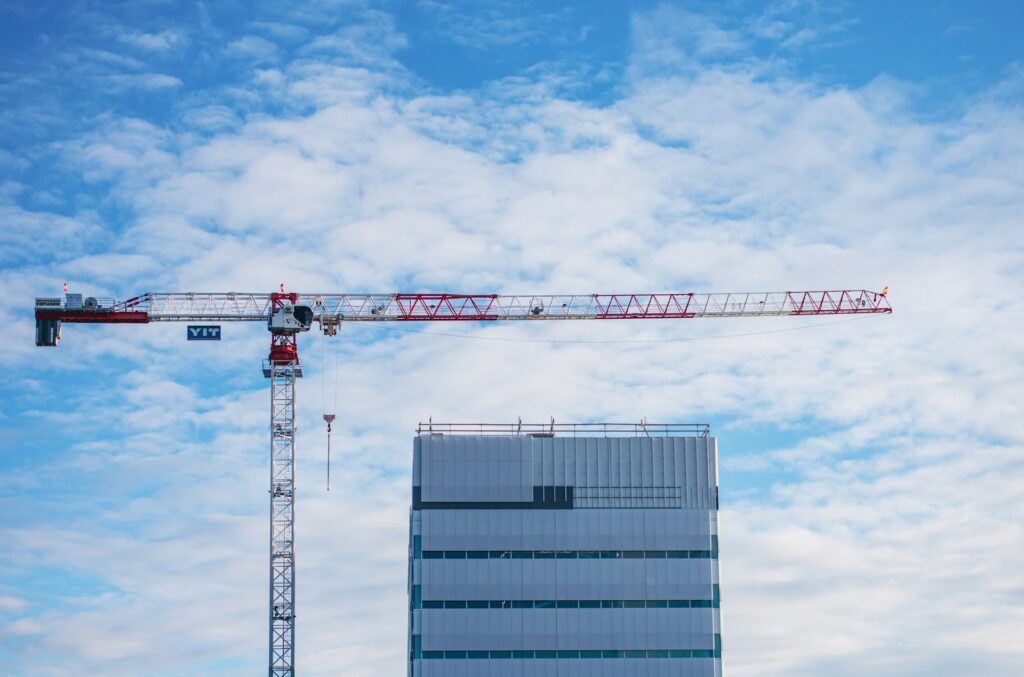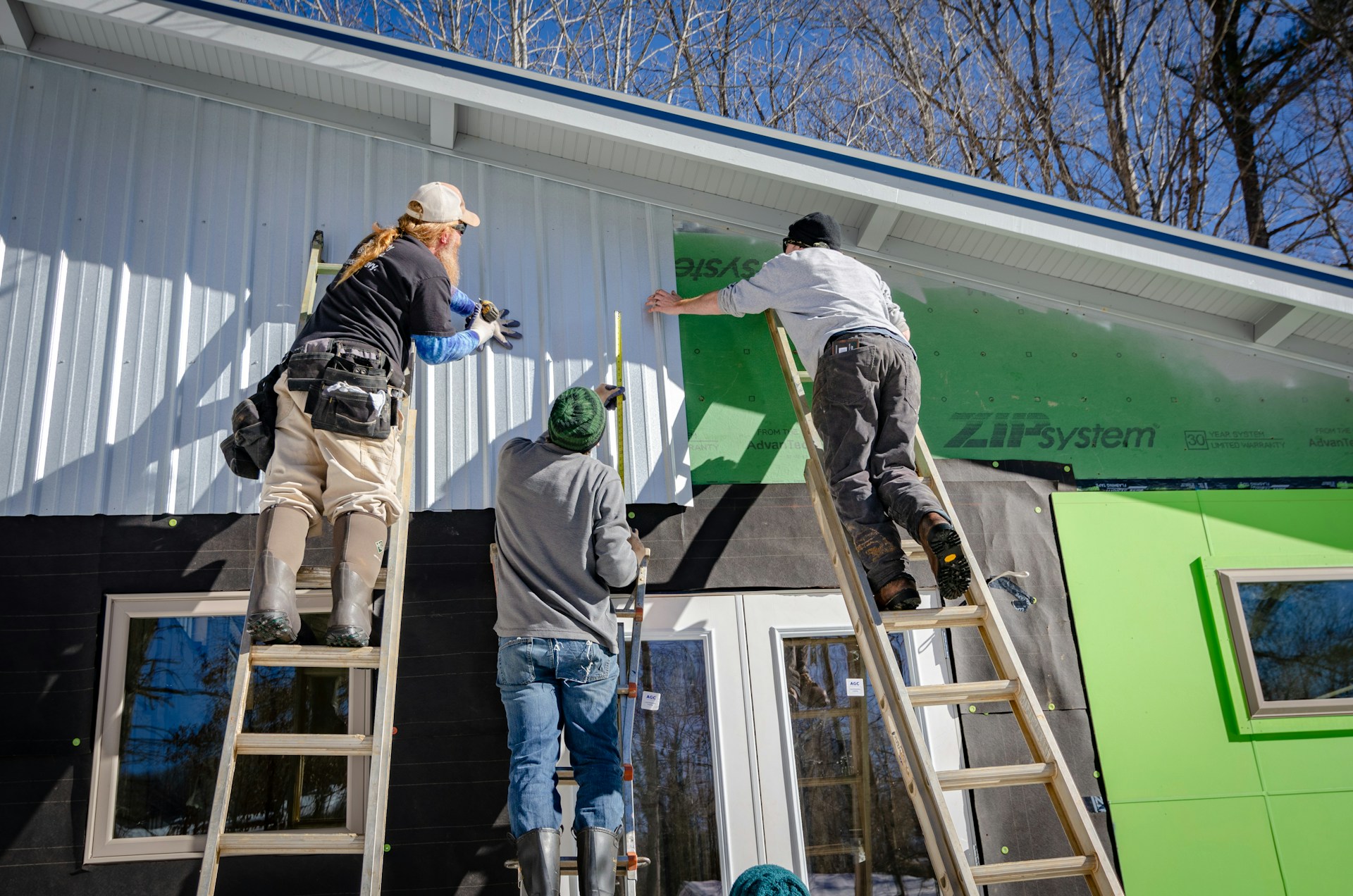4 Environmental Benefits of Modular Construction
Sustainability remains one of the core issues being considered in the construction industry as the industry keeps moving forward.
The delivery of modular construction has subsequently been realized as the way forward to achieving more sustainable building solutions.
Modular construction is associated with lower rates of waste, energy use, and impacts on the natural environment through the fabrication of building components in a factory and transportation to the construction site for assembly.
This blog explores the eco-friendly benefits of modular construction under three key headings: recycling, use of energy, and the choice of sustainable material and design.
1. Minimizing Waste in Construction
Another strong environmental benefit of modular construction is the question of waste- reduction.
Eco-friendly building techniques are well known for yielding huge waste leftover from excess materials, packaging, and building processes on site.
Modular construction addresses these issues through precision and planning:
1.1. Factory Precision:
Modules include construction components that are fabricated in factory settings hence the materials used are accurately measured then cut.
This minimizes case of excess material wastage thus ensuring that the company only uses the appropriate amount of raw material in producing its products.
1.2. Recycling and Reuse:
There is always waste from the manufacturer that can be reused, which minimizes on dumping around the environment.
1.3. Standardization:
Modular construction occurs in terms of specific design types; the conservation of material is also enhanced by the demand for optimized utilization.
For instance, research has indicated that modular construction can cause a cut of construction wastage to as low as 10%.
This benefit of modular construction is very important given that construction waste forms a significant proportion of the landfill waste seen across the world.
2. Enhancing Energy Efficiency
Modular construction leads to energy efficiency throughout the building and occupancy cycle- from manufacturing to occupation.
Here’s how it achieves this:
2.1. Proper Operation of a Business
Lower Energy Use: Manufacturing related to prefabricated parts requires less energy than the construction at the construction site since such processes are well managed and efficient.
Batch Production: The economic advantage of generating modules in batches also leads to the reduction of energy consumption because manufacturers obtain scalability benefits.
2.2 Energy-Efficient Buildings
Technology used in the construction of modular buildings will include more efficient energy usage. Features include:
Superior Insulation: Factory controlled environments also guarantee a well-sealed system hence there is minimal energy use in heating or cooling.
Smart Technology Integration: Due to their portability and flexibility, smart energy systems such as solar power, natural lighting, and modern HVAC systems can be incorporated in modular buildings at the initial architectural designing.
Renewable Energy Options: Energy efficiency is being raised even higher according to the latest trends showing that many companies in the modular construction sector decided to incorporate wind and solar energy into their designs.
Altogether, these distinctive features heavily minimize the degree of CO2 emissions of modular buildings, which makes them yet another environmentally friendly phenomenon for environmentalist developers and homeowners.

3. Sustainability in Materials and Design
By using sustainable materials together with good design, modular construction enjoys great benefits when it comes to environmental conservation.
Alternative, modular construction supports other sustainable development goals across the world.
3.1. Sustainable Materials
Recycled and Renewable Resources: A majority of modular construction firms incorporate the recycled steel, reclaimed lumber, other green materials in the construction process.
Eco-Friendly Insulation: Insulation of the modular buildings is usually done using environmentally friendly products like sheep wool or recycled denim.
Non-Toxic Building Materials: The products, such as paints, adhesives and finishes that emit minimal VOCs are chosen to allow occupants to breathe in clean air.
3.2. Design for Longevity and Adaptability
Modular buildings are crafted with a strong emphasis on durability and adaptability, ensuring an extended lifespan and minimizing the need for frequent reconstruction:
Adaptable Designs: Because of this, they afford high efficiency in ways that can accommodate additions or modifications or simple repositioning, explaining why there is hardly ever an absolute need to demolish and reconstruct or overuse of building materials or extensive alteration.
Durability: Quality construction materials and workmanship mean structure constructions that can stand the ravages of time without frequent need of repair or replacement.
3.3. Green Certifications
In many modular construction projects there are goals for achieving green accreditation, such as LEED (Leadership in Energy and Environmental Design) or BREEAM (Building Research Establishment Environmental Assessment Method).
These certifications ensure that the buildings conform to high environmental objective, which supports modular construction’s sustainability streak.
4. Reducing Construction Time and Environmental Impact
Modular construction not just speeds up building construction but it also has less impact on the environment.
By manufacturing components off-site and assembling them on location, this method significantly reduces on-site disruptions and resource consumption:
4.1. Faster Construction:
Compared to the conventional construction projects, the modular construction projects are done 30- 50 % more efficiently meaning that there are lower energy and emissions during the constructions period.
4.2. Decreased On-Site Disturbance:
Consequently, short duration of construction time make it possible to reduce noise pollution, dust, and the general injustice done to the environment.
4.3. Lower Transportation Emissions:
This is because the method of delivering pre-fabricated modules at one time will decrease the carbon emissions on transport of materials on the construction site.
It also makes one realize that it is highly efficient as means of saving the environment, cutting costs, while simultaneously providing the much-needed housing and facilities at much faster rates, which in one way or another establishes modular construction’s sustainability –practicality duo.
Conclusion
Modular construction is deeply changing the way of designing the construction of it and even the maintenance of the buildings, which is environmentally friendly.
Reducing the number of natural resources used, improving energy consumption rates, incorporating environmentally friendly materials, and implementing unique designs, modular construction is a way to a more sustainable future in the urban fabric.
With the increase in the impacts of climate change around the work, modular construction system stands as a practical way of cutting down the impacts of construction in the environment.
For new home construction, offices, warehouses, or any other structure, modular construction is the progressive direction that meets society’s increasing ecological consciousness and responsible construction.
Implementing this method shows that the construction industry is ready to start walking towards a greener future in a meaningful way.
Also read: How Modular Construction is Revolutionizing Affordable Housing

